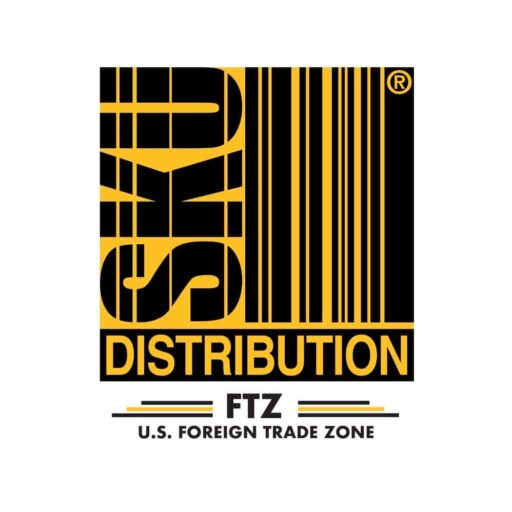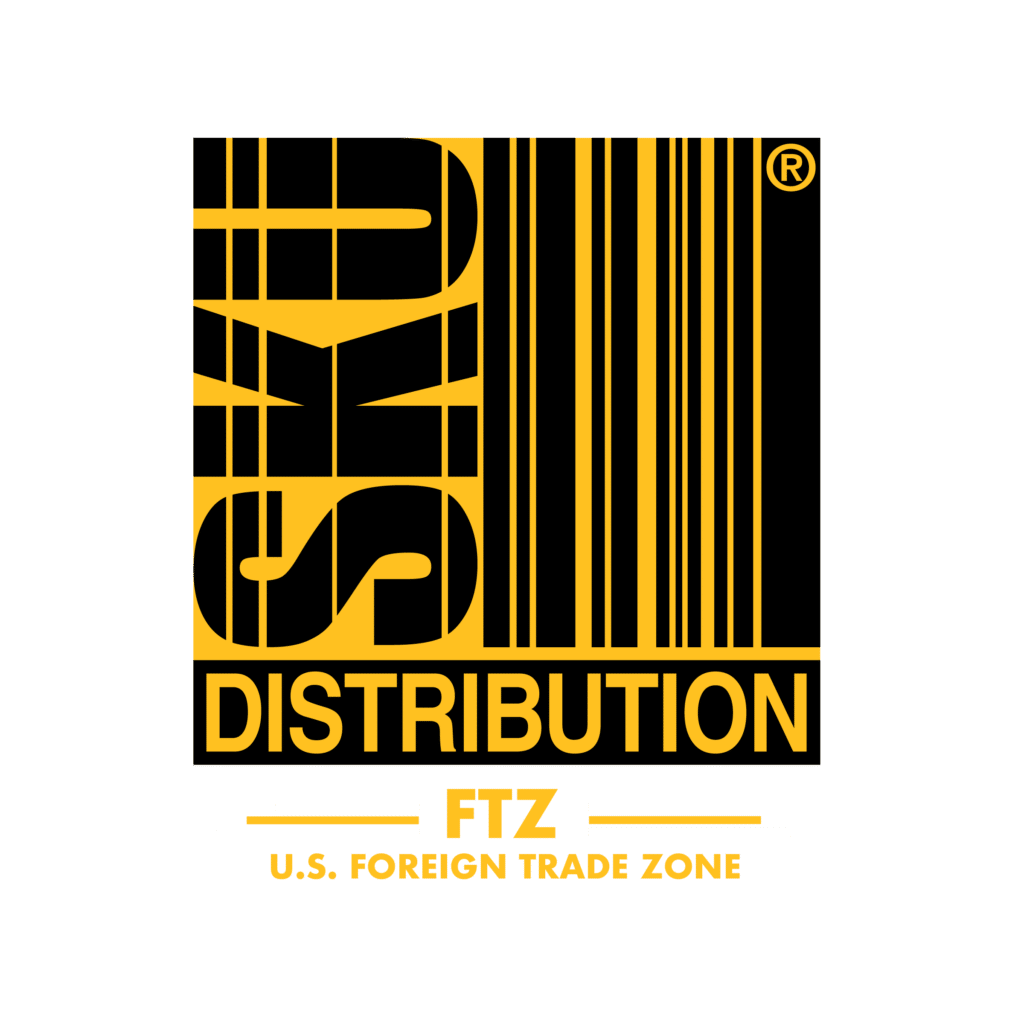Once any e-commerce operation hits even the slightest bit of product-market fit, they run into the great wall of early online selling—shipping.
If you’re looking to scale things up and keep your sales volumes from plateauing, optimized e-commerce shipping management becomes a vital part of your ops sooner rather than later.
Shipping is an essential component of e-commerce, but most online seller startups put little thought into this process instead of considering e-commerce shipping best practices.
In today’s environment of fast and easy e-commerce shipping options, customers expect free shipping for their online purchases and expect their goods to arrive after a day or two. Let’s call it Amazon-syndrome.
This has resulted in rather high market expectations in terms of speed and shipping prices, which are sometimes difficult for smaller businesses to keep up with.
At first glance, shipping seems to be a straightforward concept — you place the purchased item(s) inside a package, and then send it to the customer via mail. Simple, right?
But an efficient, scaleable shipping method goes far beyond that in its complexities. It’s vital to consider the intricacies of the entire shipping process and which of many e-commerce shipping options is best for your company in particular.
After all, unforeseen shipping incidents are some of the most widespread reasons for e-commerce shoppers abandoning their carts.
As an online retailer, it’s critical to establish efficient e-commerce shipping methods to stay in business. This e-commerce shipping guide will highlight the complexities and best practices. Leave here with a solid foundation on shipment methods and solutions.
Are you looking to build a thriving e-commerce business? You have to increase your capacity to make increased sales, and this means up-scaling your shipping methods.
After all, more items shipped means more money. Streamline shipping strategies are a must-have for a growing e-commerce business.
Shipping Basics
To fully appreciate the complex nature of the e-commerce shipping process, you have to be aware of all the different components involved, such as shipping carriers and shipping methods, the concept of “real-time shipping,” and others.
Shipping Carriers & Shipping Methods
Carriers handle the transportation and delivery of your packages. They include companies like FedEx, UPS, the USPS, and if you don’t reside in America, your nation’s postal service.
On the other hand, shipping methods are those specific settings created by you for your online store’s shipping operations with any preferred carrier.
The best e-commerce platform must integrate with numerous carriers and allow business owners to generate various shipping methods that fit the requirements of the business. An e-commerce platform that does not integrate with multiple carriers leaves you with fewer, and probably slower, options.
Real-Time Shipping Rates
Real-time shipping is the ability for an online store to compute shipping costs for a consumer’s order instantly.
This offers a significant advantage because the consumer won’t be taken aback by the cost of shipping, which can lead to the consumer abandoning their order.
In 2019, real-time shipping feature is a must-have for performance-ready e-commerce operations.
E-commerce Fulfillment
This refers to the entire process of shipping from receiving consumer orders, to your packaging and shipping methods.
Some e-commerce businesses carry out their own fulfillment operations, while others will forward the consumer orders to a third party (such as a producer, in cases of drop-shipping). Contact SKU Distribution for a free analysis of cost-saving optimizations, and how we can help you streamline the process.
Drop-Shipping
This e-commerce shipping option allows for direct shipping of the products you sell from the producer or dealer to the consumer, eliminating the need to take your own inventory.
Shipping Markup
This is a voluntary amount added to the shipping price paid by the consumer.
Shipping markups are usually included to cover overhead costs of shipping and handling certain products, or for offsetting the supply costs. This shipping strategy allows customers to choose between different timelines depending on when they need their product, often placing a higher markup on expedited items.
Related: Warehouse Management 101 – The Ultimate Beginner’s Guide
What Type of E-commerce Shipping Process Are You Considering?
Are you just starting up your e-commerce business?
An essential first step is to plan your shipping methods: selecting the carriers, making service level agreements, and choosing the packaging for shipping your products.
You might also want to work out ways of transferring e-commerce shipping costs to the customer.
It’s important that you must ensure that your shipping policy is clearly defined. You have a citable code of conduct to follow in case of consumer queries, a shipping best practice that will protect your business from faulty complaints.
A published, easy-to-find shipping policy on your website will allow your customers easily refer to it before making any purchases.
Most online shoppers typically consider the shipping speed and cost of an e-commerce website before they even shop. An ideal shipping policy would be one that’s suitable for both the consumers and your company.
Before you draft your shipping policy, answer the following questions with your e-commerce business in mind:
- Will you be offering free shipping; or perhaps at a variable or flat rate?
We often see retailers promoting free shipping, flat-rate shipping, or free shipping thresholds, prominently on their online platforms.
Sometimes the shipping costs can vary based on the customer’s purchase. In such cases, most sellers won’t disclose shipping prices until the customer has reached the checkout point.
- What shipping carrier(s) will you partner with? Most customers like to know whether they should look out for small USPS packages delivered in their mailbox, or if they are going to find a UPS or FedEx package on their front porch.
- How long will your customers have to wait before they get their packages? Are you offering express, same-day, twenty-four-hour, or other shipping options? Will the e-commerce shipping rate vary based on when it comes?
Does your company sell timely novelty products or perishable goods? Your customers need to be aware that they will take delivery of the product when needed.
If you’re offering Express and Ground shipping options for your customers, be sure to inform them.
- Do you ship worldwide? Make sure that potential international clientele is immediately aware of whether you can serve them or not. Or else, you risk frustrating your customers – regardless of whether they’re out of your market, the last thing you need is a shipping experience that leads to negative press.
- Are there any extenuating shipping circumstances that your customers should know about in advance?
Packaging
UPS and FedEx follow a dimensional model of pricing; which means shipping costs are usually determined by the weight of the package.
Lots of businesses adapt their packaging methods for this reason. Suitable packaging is an imperative part of a smooth shipping process. Cheap packaging might seem tempting, but make sure you choose materials that protect your product from damage and the elements.
For starters, you, of course, have to ensure that the items arrive on the doorstep of your consumers in one piece.
Consider using poly mailers and padded envelopes, since these types of packaging are usually more cost-effective. The material isn’t the only consideration, however – consider how the shape of the packaging molds to your product lines and adjust accordingly.
Space optimization is the name of the game.
Choose Your Shipping Carriers
Once you have a general idea of your e-commerce shipping method and strategies, it’s time to implement.
Your next step should be to start comparing shipping rates and services being offered a variety of carriers to determine which would be the most suitable business partner.
There are many shipping carriers worldwide, and you’ll probably start by researching the popular ones:
- UPS and FedEx are preferred for bigger, heavier packages which require a time-specific delivery.
- USPS (The U.S. Postal Service) is the preferred choice for smaller, lighter packages traveling to urban addresses.
- DHL has more affordable options for global delivery.
- Regional carriers are also available for local deliveries, which can help with minimizing costs.
Also, try shipping with several carriers before you negotiate or agree on shipping rates. This gives you an upper hand and leverage to get a rate that really works for your margins.
Any shipping carrier already knows you can always take your business elsewhere, and being aware of what rates other shipping carriers charge will give you a clearer picture of what prices are most suitable for your business.
You’ll likely sign a contract agreement, so be sure to watch out for surcharges or hidden fees (spending minimums). It’s advisable to consider the services of an attorney for this step.
Schedule a Pickup Carrier
Unlike the bygone days of garage startups, you no longer have to load your customer’s packages inside your car and drive down to the nearest post office so you can drop them off for delivery.
Nowadays, you can easily schedule pickups with your carrier so that a carrier representative or a local mail person will come to your location to collect your packages and have them shipped. A shipping fulfillment business will help you get your products to your customers’ doorsteps without you having to carry out these operations by yourself.
You shouldn’t have to eat into your unit economics to streamline this process.
Shipping Supplies: Things You Need
You can’t ship products if you don’t have the physical means of doing so; fortunately, most of the equipment you need is easy to obtain and inexpensive.
A few carriers can even give you free gear and packaging, which can save you lots of money in the long-run.
You will still have to invest in some necessary tools:
- Shipping Scales – This is an important item for you to have in your storehouse facility. Shipping costs are typically calculated based on the dimensions and weight of the package, so you certainly don’t want to be guessing on these measurements.
Be sure to buy shipping scales that can cope with the overall weight of your goods.
Scales meant for bulky items are slightly more expensive. You could opt for smaller sized scales for small, lightweight items and a bigger sized scale for only the bulkier shipments.
- Measuring Tape – The size of the product is equally crucial for shipping operations, so you’ll have to measure the height, length, and width dimensions of each package.
- A Printer for your Tags – You don’t have to buy a dedicated printer to print out shipping tags; a standard printer is fine.
Still, you could decide to get a thermal/heat printer that does not require toner refills. Heat printers will also get the job done much quicker, which is useful if you ship lots of packages every day.
- Tape, Boxes, & Packing Materials – A few shipping carriers may offer you free shipping equipment: specifically, shipping services like USPS, UPS, and FedEx all provide free boxes occasionally.
You can also receive low-priced shipping supplies from exclusive online shipping retailers.
Besides, you will have to produce a list of requests that will ensure the safe transportation of your particular merchandise.
What box sizes do you need? Are the goods fragile? Do they require bubble wrap, Styrofoam peanuts, air packs, or something else to shield the product while in transit?
Should you throw in a packet or two of silica gel to help keep out moisture? Does your product require insulation from extreme temperatures?
All these are essential factors that will determine the size, type, and quantity of shipping equipment you need.
Shipping Software & Apps
Shipping programs will expand your shipping potential by offering critical extra features, such as synchronized orders across multiple sales channels like Amazon, eBay, and your online shop.
Some shipping software also comes with data tools designed to assist you in analyzing your shipping solutions.
Effective shipping solutions will assist you with comparing shipping rates, printing shipping labels, and automating communications with your clients.
The ideal shipping service for your business would be one that will functions seamlessly with your existing workflow, allowing you to sync orders with other e-commerce platforms you use.
Most importantly, you should ensure that the integration or shipping software you eventually opt for can automate most of your shipping processes, so that you can reduce the time spent on shipping matters and focus more on developing your business.
An added advantage is that various shipping software developers have partnered with packaging corporations and can offer discounts on your shipping supply purchases.
Buyer beware: there are some factors you should consider before investing in shipping software. Some shipping software, for example, is focused on a specific carrier, or only provides discounts on the packaging supplies of one particular carrier. Do your due diligence.
Always Send Shipping Order Confirmation Emails
Think of e-commerce order confirmation emails as a crucial moment of communication with your client: it’s the penultimate point in the buyers’ journey to drive future business.
When you send these emails, be sure to insert a link that connects the customer to the tracking page for their order; emails containing links have double the click rate of order confirmation emails with no ties.
Also, consider integrating the name of your brand in the email subject line, since this usually increases open rates by as much as seven percent compared to order confirmation emails without brand names.
Smart retailers should also include their logos and any other relevant opportunities whenever the emails containing tracking information are sent to the client. This shipping practice facilitates the continued experience and develops brand loyalty.
(Consider: email open rates are sixteen percent higher for order confirmation emails which include invitations to participate in loyalty programs.)
Too many businesses have a flawless shipping process and skimp on the post-order confirmation process. Pay attention to it and you’ll drive future business in a predictable, scalable way.
Takeaway
Shipping doesn’t have to be a tedious affair – if anything, the best e-commerce companies own it and make it a key brand selling point.
Once you adopt a best practices approach to setting up your shipping operations, you should be able to improve your overall service delivery. Hopefully, this guide to e-commerce shipping gave a suitable primer to the different factors to consider when building a program.
Get to it!
Related: What Is a Fulfillment Center?










